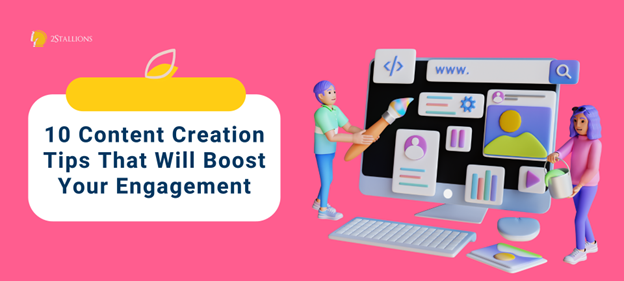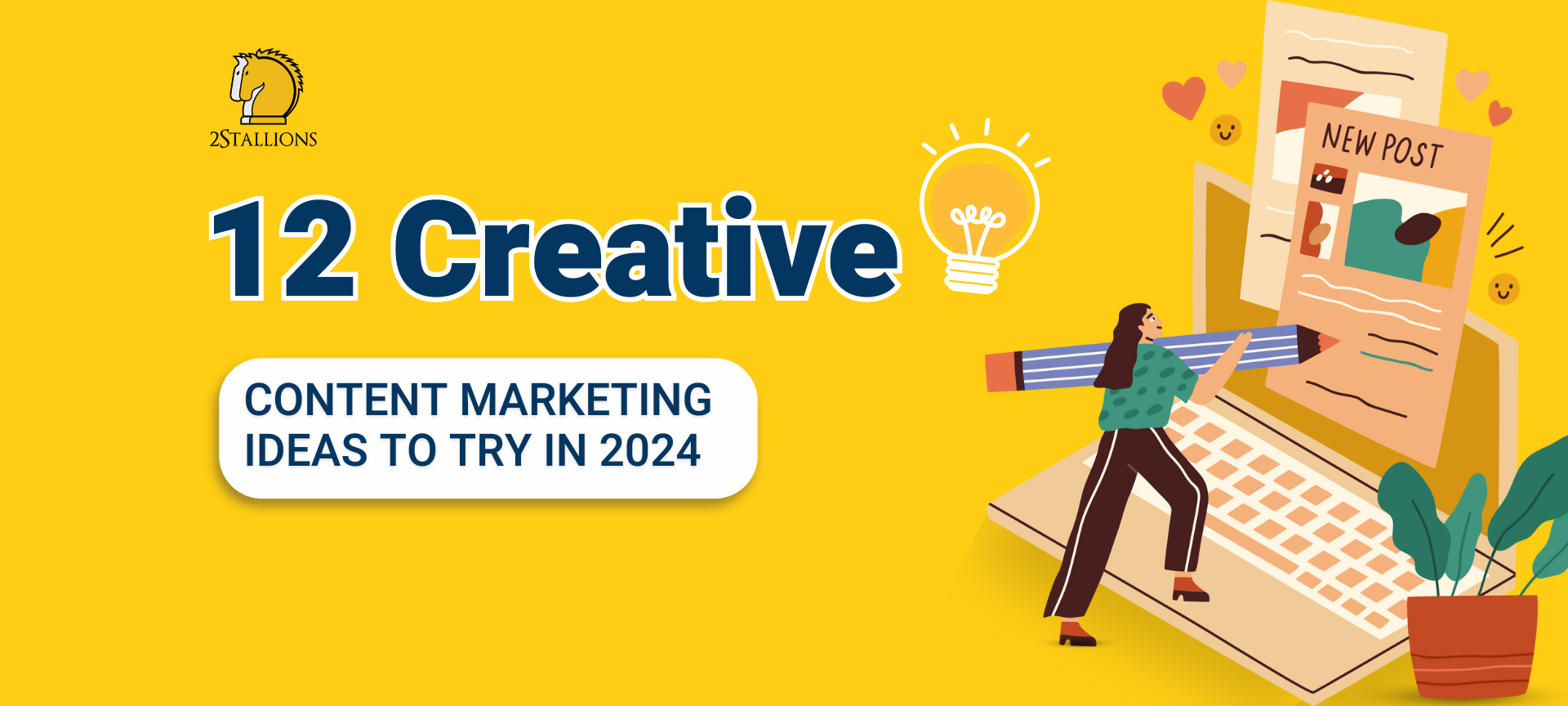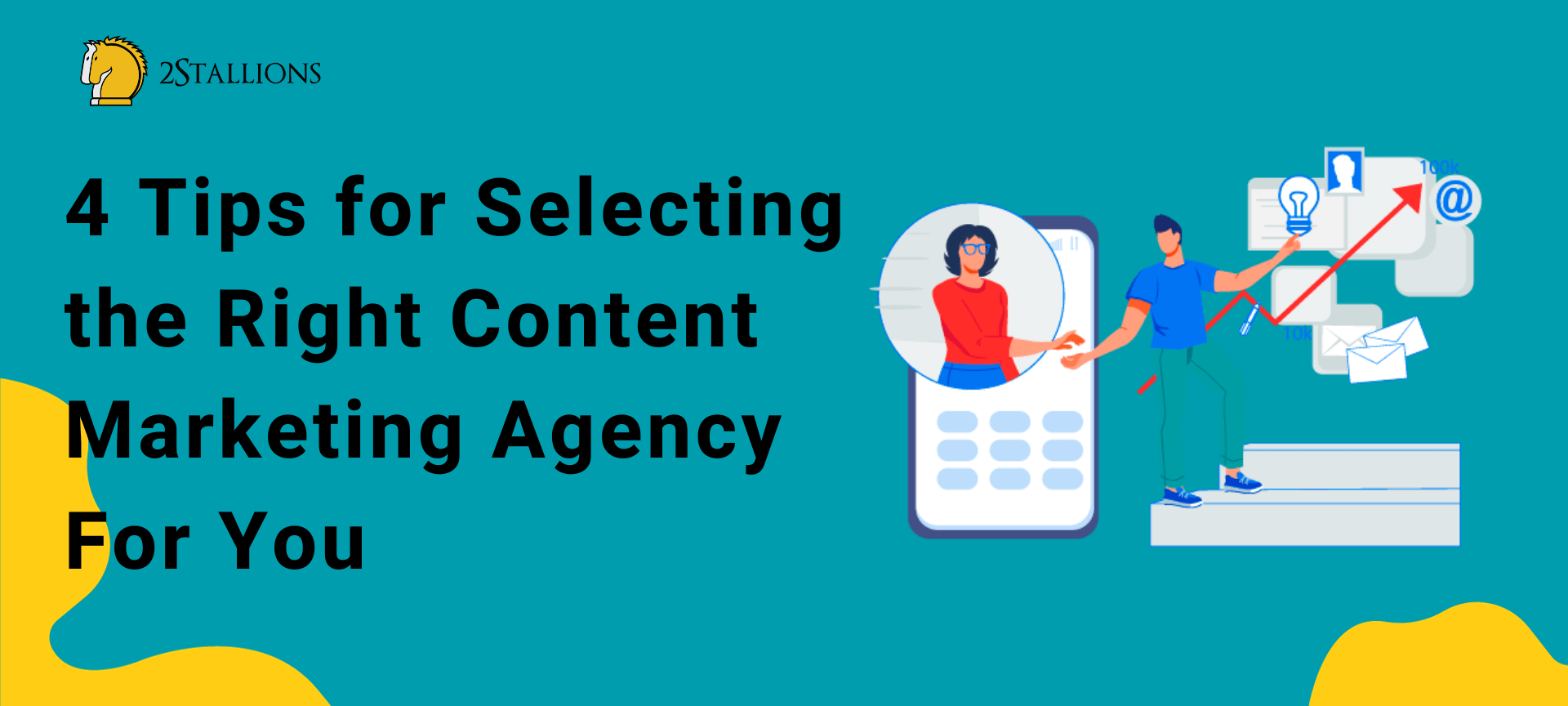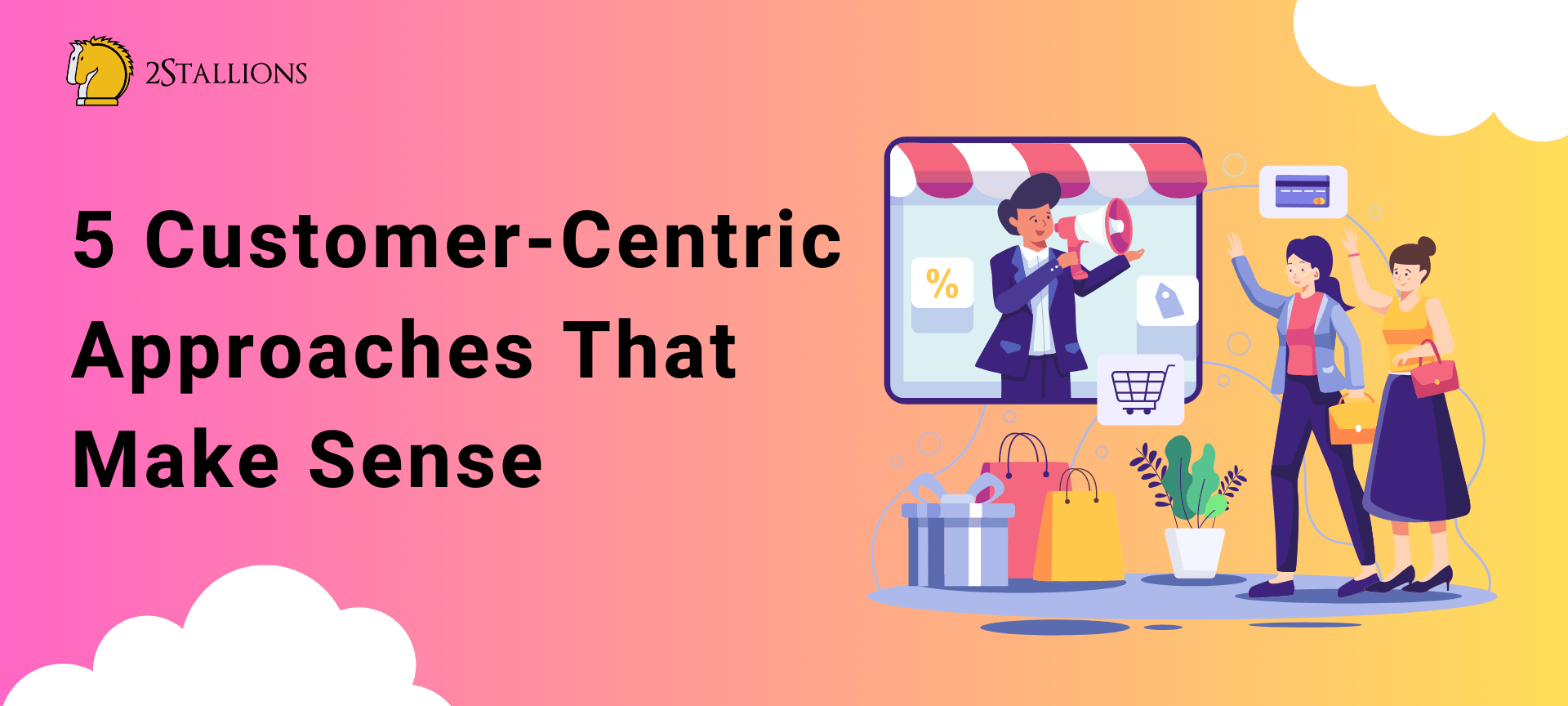SHARE
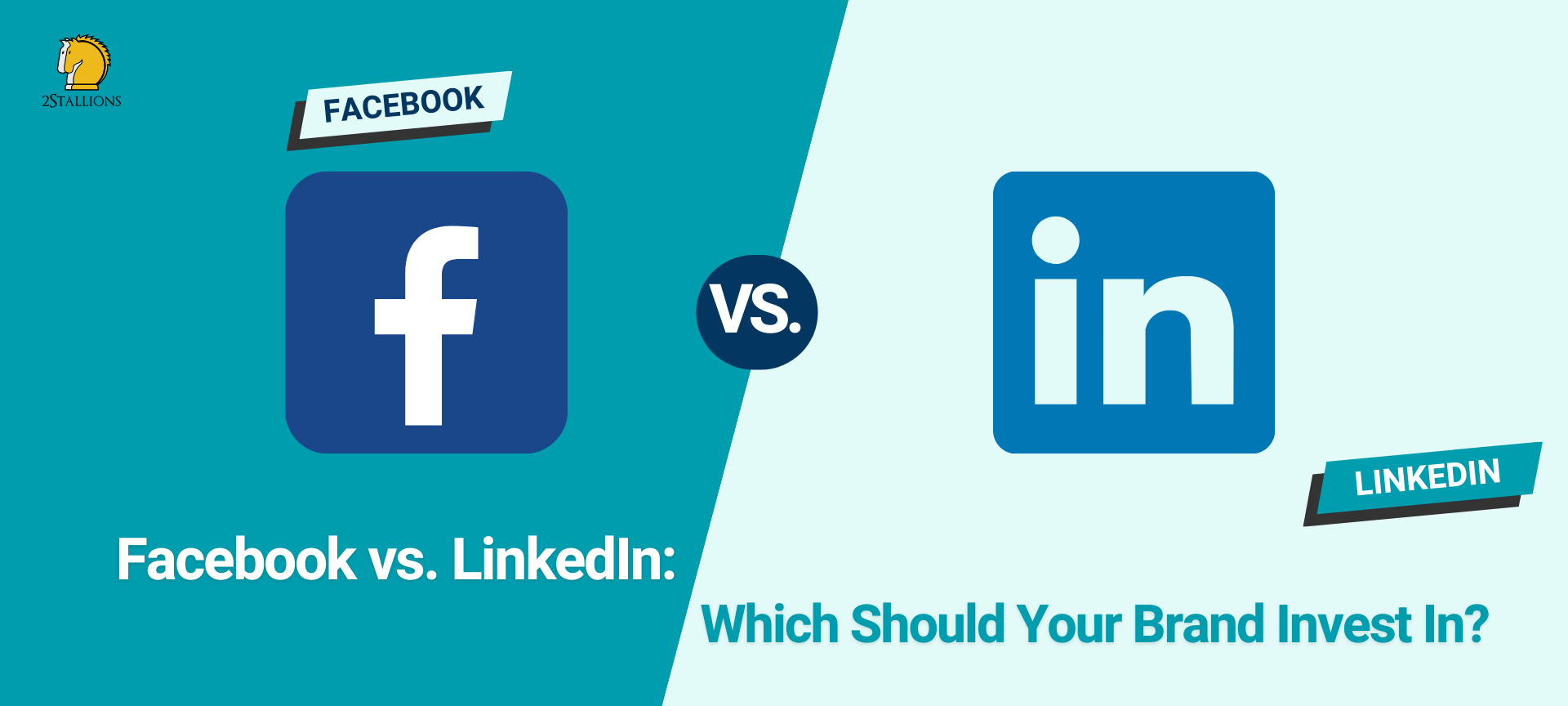
In today’s digital age, social media platforms have become essential tools for businesses to connect with their target audiences.
Two of the most popular platforms, Facebook and LinkedIn, offer unique opportunities to engage and reach different demographics. Understanding the characteristics and preferences of these audiences is crucial for creating content that resonates and drives engagement.
This article will delve into the intricacies of tailoring your content for Facebook and LinkedIn, ensuring maximum impact and relevance for both platforms.
Understanding the Facebook Audience
With over 2.8 billion monthly active users, Facebook dominates social media, making it an invaluable business platform.
To effectively tailor content for Facebook, it is essential to understand the demographics and psychology of its users.
The Demographics of Facebook Users
Facebook attracts a diverse range of users, with age groups spanning from teenagers to senior citizens. However, it’s important to note that the platform tends to have a higher concentration of younger users. This knowledge is essential for businesses targeting specific age groups with their content.
Furthermore, Facebook has a more significant female user base than other platforms. This gender distribution can impact the type of content that resonates with the audience.
Businesses should consider this when creating their marketing strategies and ensure their content appeals to male and female users.
Facebook’s user base is spread across different regions and countries, reaching a global audience. This diversity allows businesses to reach various cultures and demographics and tailor their content to specific areas and languages.
The Psychology of Facebook Users
Facebook users often turn to the platform for social connection, entertainment, and information sharing. They are attracted to engaging and entertaining content that triggers emotion, such as humour, nostalgia, or empathy.
Capturing their attention requires a delicate balance between providing valuable information and creating a personal connection.
Understanding the psychology of Facebook users can help businesses create content that resonates with their target audience. By tapping into the emotions and motivations of users, companies can develop content that sparks interest and encourages engagement.
Moreover, Facebook users value authenticity and transparency. They appreciate content that feels genuine and relatable rather than overly promotional or sales-driven.
By adopting a more authentic approach, businesses can establish trust and build long-lasting relationships with their Facebook audience.
Popular Content Types on Facebook
Facebook users engage with various content types, including status updates, images, videos, and articles. Visual content, in particular, tends to perform exceptionally well. Compelling photos and videos can capture attention quickly and drive higher levels of engagement.
Businesses can leverage the power of visual content by creating eye-catching images and videos that align with their brand and message.
By incorporating visually appealing elements into their Facebook posts, businesses can increase their chances of capturing the audience’s attention and encouraging them to interact with the content.
Additionally, interactive content, such as polls or quizzes, encourages user participation, enhancing the overall user experience. Facebook users enjoy being part of the conversation and expressing their opinions.
By incorporating interactive elements into their content strategy, businesses can foster a sense of community and increase engagement.
Furthermore, articles and blog posts shared on Facebook can provide valuable information and insights to users. Businesses can establish themselves as thought leaders by creating informative and well-researched content that educates and engages their audience.
In conclusion, understanding the demographics and psychology of Facebook users is crucial for businesses aiming to create compelling content on the platform. Companies can increase their chances of reaching and engaging their target audience by tailoring their content to specific age groups, genders, and cultural backgrounds.
Additionally, by tapping into the emotions and motivations of Facebook users, businesses can create content that resonates and establishes a meaningful connection.
With the right content strategy, businesses can leverage the popularity of Facebook and drive success in their marketing efforts.
Facebook ads and content done right deliver real results. Discover how our Facebook marketing agency can help you succeed. Schedule a free consultation with us now.
Understanding the LinkedIn Audience
While Facebook is known for its connections, LinkedIn is a professional networking platform for career-oriented individuals. Understanding the demographics and psychology of LinkedIn users is crucial for crafting content that aligns with their expectations and aspirations.
LinkedIn, founded in 2002, has become the world’s largest professional network, with over 740 million members across more than 200 countries and territories. It has become the go-to platform for professionals looking to connect, engage, and advance their careers.
The Demographics of LinkedIn Users
LinkedIn attracts a predominantly professional audience focusing on career development and industry knowledge. The platform appeals to individuals across diverse industries, from entry-level professionals to high-level executives.
Understanding this professional demographic is vital for creating content that resonates with their interests and needs.
Interestingly, LinkedIn’s user base is evenly split between genders, with 49% male and 51% female users. This gender balance sets it apart from other social media platforms that often have a more skewed demographic distribution.
Regarding age groups, LinkedIn sees a wide range of users. While it is commonly associated with professionals in their 30s and 40s, the platform attracts younger individuals eager to establish their professional presence early on.
Around 61 million LinkedIn users are in the 18-24 age group, demonstrating the platform’s appeal to the younger generation.
The Psychology of LinkedIn Users
LinkedIn users perceive the platform as a place for professional growth and networking. They value content that offers industry insights, career advice and thought leadership. Educational and informative content that helps users enhance their professional skills tends to perform well on LinkedIn.
One of the critical motivations for LinkedIn users is to build their brand and establish themselves as experts in their respective fields.
Users can position themselves as thought leaders by sharing valuable content, engaging in meaningful discussions and gaining credibility within their professional networks.
Moreover, LinkedIn users are often driven to expand their professional network and connect with like-minded individuals.
The platform provides opportunities for users to join industry-specific groups, participate in discussions, and attend virtual events, all of which contribute to their professional growth and networking efforts.
Popular Content Types on LinkedIn
LinkedIn users engage with various content types, such as industry news articles, informative videos, and thought-provoking posts.
Long-form articles or blog posts that dive deep into industry trends or provide valuable insights are highly regarded on the platform. Sharing success stories, personal experiences, and lessons learned can foster engagement and interaction within the LinkedIn community.
Another content type that resonates well with LinkedIn users is visual content, particularly infographics and data visualisations.
These visually appealing assets help simplify complex information and make it easier for users to grasp key concepts and trends.
Additionally, LinkedIn users appreciate content that sparks meaningful conversations and encourages them to share their opinions and experiences.
Thought-provoking questions, polls, and surveys often generate high levels of engagement and interaction, as users enjoy exchanging ideas and perspectives with their professional peers.
In conclusion, understanding the LinkedIn audience is essential for creating content that resonates with their professional interests and aspirations.
By catering to their specific demographics, psychology, and preferences, content creators can effectively engage with LinkedIn users and build valuable connections within the professional community.
 Tailoring Your Content for Facebook
Tailoring Your Content for Facebook
Now that we understand the Facebook audience let’s explore strategies for tailoring your content to this dynamic platform.
With billions of active users, Facebook has become a powerhouse in the world of social media.
To make your content stand out in this vast digital landscape, it’s crucial to understand the intricacies of writing engaging posts, using visuals effectively, and timing your Facebook posts for maximum engagement.
Writing Engaging Posts for Facebook
When crafting posts for Facebook, it’s essential to capture attention quickly. With countless posts flooding users’ news feeds, you only have a few seconds to make an impression.
Start with a compelling hook that piques interest, and use concise and punchy language to convey your message.
But it’s not just about grabbing attention; it’s about keeping it. Incorporate storytelling techniques to create an emotional connection with your audience.
Share anecdotes, personal experiences, or relatable stories that resonate with your target demographic. By doing so, you can encourage them to share their thoughts and experiences, fostering a sense of community and engagement.
Using Visuals Effectively on Facebook
Visuals are vital to capturing users’ attention on Facebook. A well-chosen image or video can make your content stand out in a sea of text-based posts. Use high-quality visuals that are visually appealing and relevant to your content.
But don’t just settle for any image or video; choose ones that evoke emotions or tell a story.
A picture is worth a thousand words; on Facebook, it can be worth even more. Infographics and charts can also help present data or information in a visually appealing and easily digestible format.
Remember, Facebook is a visual platform, so make sure your visuals are eye-catching and shareable. Experiment with different types of visuals to see what resonates best with your audience.
Timing Your Facebook Posts for Maximum Engagement
Timing plays a crucial role in maximising engagement on Facebook. Understanding your target audience’s online behaviour and peak usage times will help you determine the optimal times to publish your posts.
Consider time zones, work schedules, and leisure habits when planning your posting schedule.
For example, if your target audience consists of working professionals, posting during lunch breaks or after work hours might yield better results.
Experiment with different posting schedules to identify when your audience is most active and receptive. Facebook Insights provides valuable data on post reach and engagement, allowing you to analyse the performance of your posts and adjust your timing accordingly.
Remember, timing is not a one-size-fits-all solution. What works for one brand or audience may not work for another.
Monitor and analyse your posts’ performance to refine your timing strategy and maximise engagement.
 Tailoring Your Content for LinkedIn
Tailoring Your Content for LinkedIn
As we shift our focus to LinkedIn, let’s explore strategies to create content that aligns with the platform’s professional atmosphere.
LinkedIn is a robust platform that allows professionals to connect, share insights, and showcase their expertise.
To make the most of this platform, it’s essential to understand how to write professional posts, effectively use visuals, and time your posts for maximum engagement.
Writing Professional Posts for LinkedIn
When creating posts for LinkedIn, maintain a professional tone and emphasise industry knowledge and expertise. Share insights, industry trends, and practical tips that professionals in your field will find valuable.
For example, if you are in the marketing industry, you could write a post about the latest digital marketing strategies that have proven successful.
You can provide step-by-step instructions and share your experiences to add credibility to your content.
Encourage discussion and engagement by posing questions or asking for opinions. This not only helps you gauge the interest of your audience but also creates an opportunity for professionals to share their insights and experiences.
Using Visuals Effectively on LinkedIn
While LinkedIn is primarily a text-focused platform, visuals can enhance your content and make it more engaging. Use relevant images, such as infographics or professional headshots, to make your posts visually appealing and stand out in users’ feeds.
For instance, if you share an article about the benefits of remote work, you could include an eye-catching infographic highlighting the statistics and advantages of working from home.
This visual element will capture your audience’s attention and make them more likely to read and engage with your post.
Additionally, consider attaching relevant documents or presentations to provide additional value to your audience.
If you have a comprehensive report or a slide deck that supports your post, share it as a downloadable file. This allows professionals to delve deeper into the topic and gain more insights.
Timing Your LinkedIn Posts for Maximum Engagement
Timing your LinkedIn posts strategically can help increase visibility and engagement. Typically, posting during business hours, especially towards the beginning or end of the workday, proves most effective.
However, it’s essential to consider the time zones of your target audience. If you target professionals in different countries or regions, adjust your posting schedule to ensure your content reaches them at the most reasonable times.
Experiment with different posting times and monitor engagement metrics to identify the optimal schedule for reaching your target audience.
LinkedIn’s analytics tools can provide valuable insights into the performance of your posts, allowing you to refine your strategy and maximise your impact.
By tailoring your content for Facebook and LinkedIn, you can maximise engagement and connect with your target audiences effectively.
Understanding each platform’s unique demographics, psychology, and popular content types empowers you to create tailored strategies that cut through the noise and engage your desired audience.
Begin by analysing your audience’s preferences, experiment with different content formats and delivery methods, and consistently monitor and adapt your approach to achieve the best results.
Remember, LinkedIn is a platform where professionals come to connect, learn, and grow, so make sure your content reflects that professional ethos.
How Do You Create Content for Different Audiences?
To create content for different audiences, you must first understand each audience segment’s demographics, preferences, and behaviours. This can be achieved through market research, customer feedback, and analysis of engagement metrics. Once you have a clear picture of your audiences, tailor your content to resonate with their needs, preferences, and the platform’s dynamics where they primarily engage.
What Is an Example of Tailoring Communication?
Tailoring communication might involve creating a visual infographic for a younger, more visual-centric audience on Instagram while producing a detailed whitepaper or article for a professional audience on LinkedIn. Another example is using formal language in a business proposal for corporate clients and adopting a more casual tone in a newsletter to your community or followers.
Why Is It Important to Tailor Your Communication to Your Audience?
Tailoring communication ensures that your message resonates with the recipient, increasing the likelihood of engagement, comprehension, and action. It acknowledges and respects the audience’s preferences, making them feel valued and understood, leading to better trust and stronger relationships.
Why Is LinkedIn More Expensive Than Facebook?
LinkedIn advertising typically has a higher cost-per-click (CPC) than Facebook. This is due to LinkedIn’s niche audience of professionals, which can be highly valuable for B2B advertisers. The platform’s specific targeting capabilities, allowing for targeting based on job titles, industries, and seniority, can also command a premium.
What Should I Post on LinkedIn Vs Facebook?
On LinkedIn, consider posting company news, industry insights, professional achievements, job postings, and content that provides value to professionals in your network. Being more personal, Facebook is suitable for brand storytelling, customer testimonials, behind-the-scenes content, promotions, and general updates. Always tailor the content’s tone and format based on the platform and its audience’s expectations.


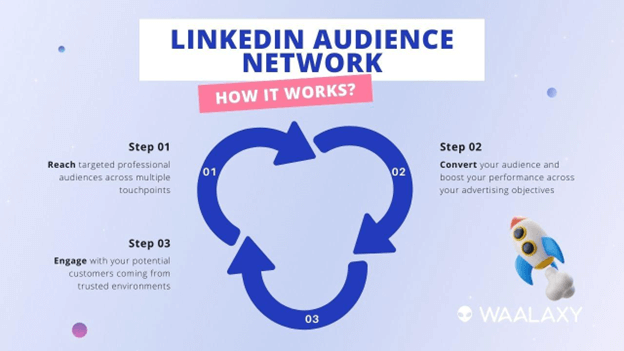
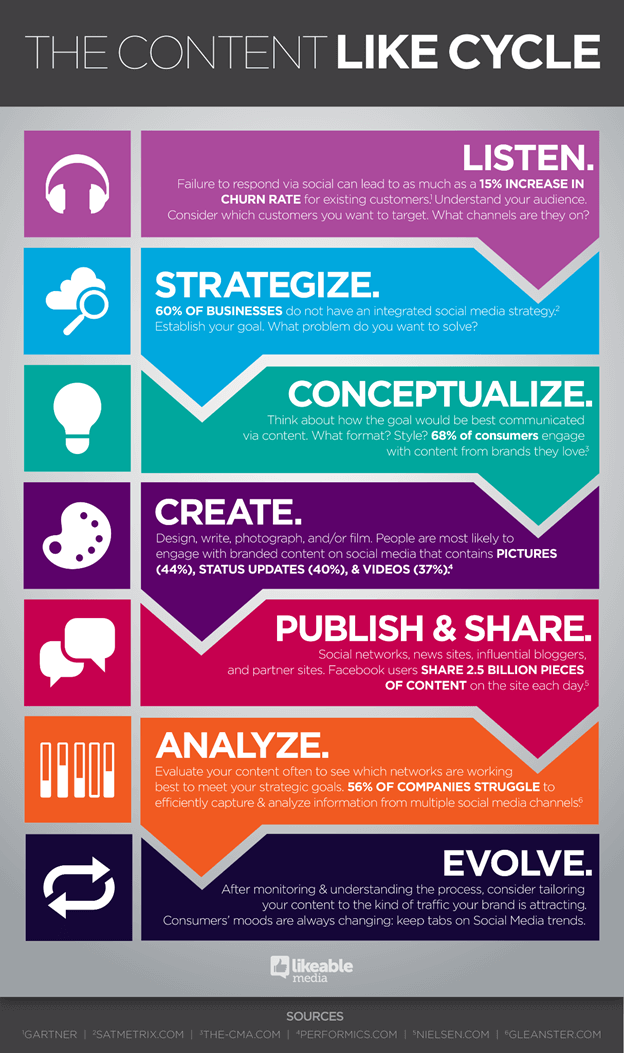 Tailoring Your Content for Facebook
Tailoring Your Content for Facebook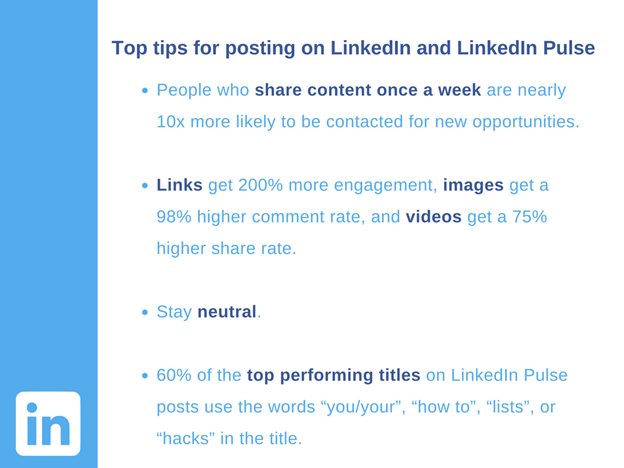 Tailoring Your Content for LinkedIn
Tailoring Your Content for LinkedIn